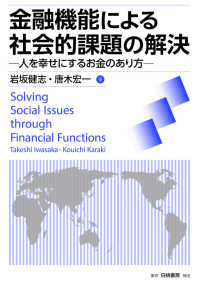Full Description
It reviews the fundamentals of quantum mechanics from the double-slit experiment to entanglement, before progressing to the basics of qubits, quantum gates, quantum circuits, quantum key distribution, and some of the famous quantum algorithms.








